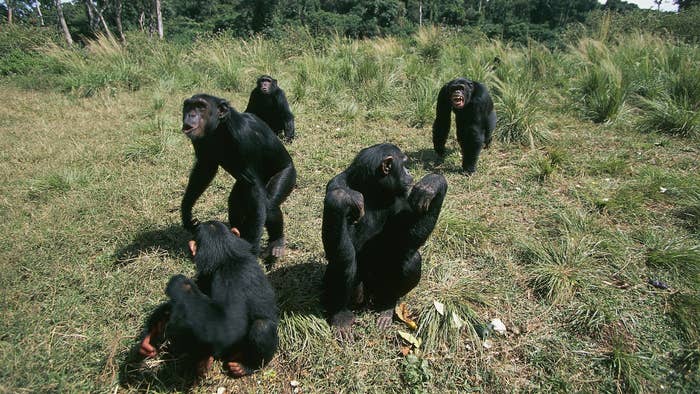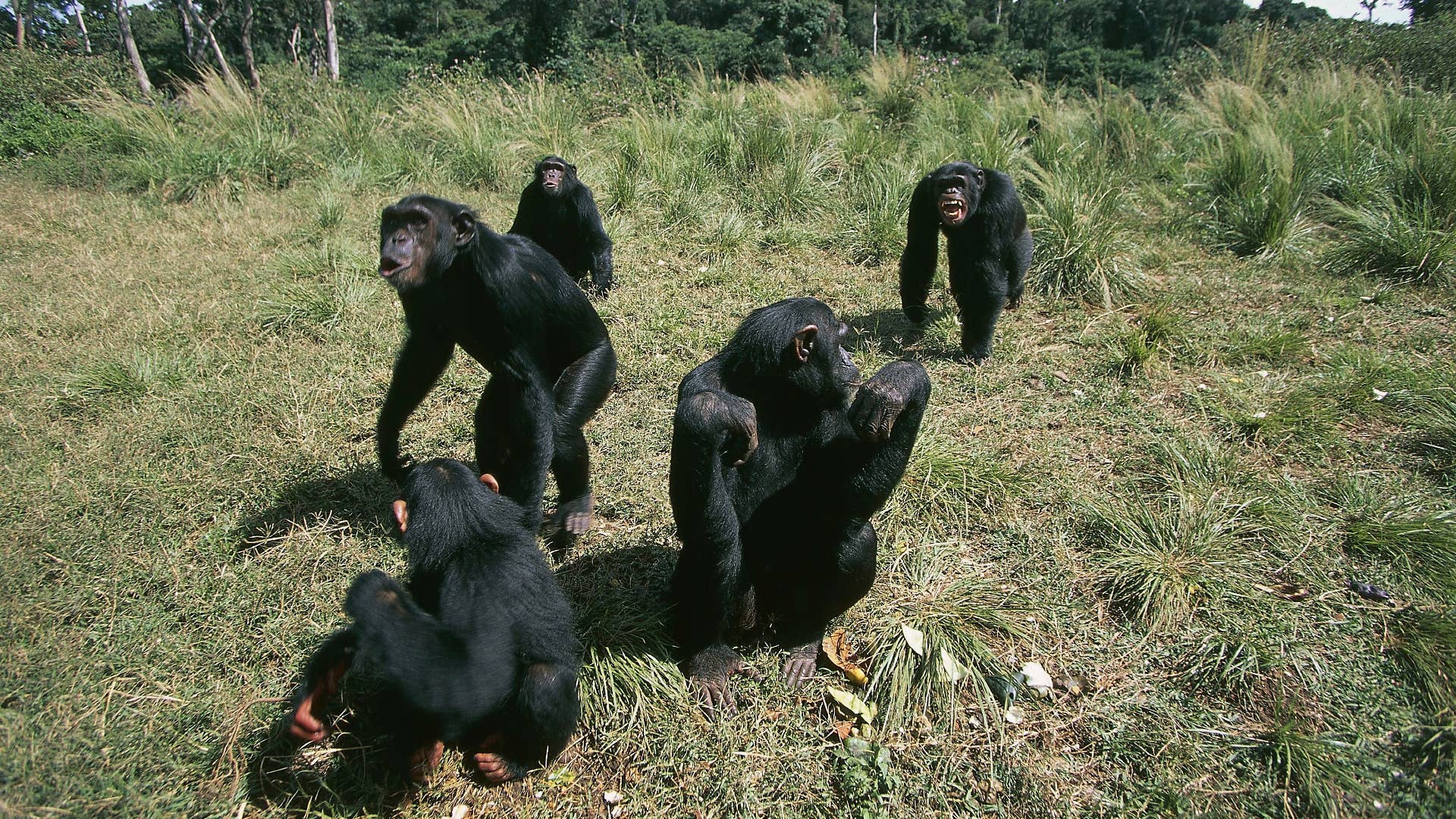
Researchers have shared a paper including findings related to the observation of leprosy in wild chimpanzees, a reported first for the scientific community.
The paper in question, as highlighted in an IFLScience piece on Wednesday, previously made headlines last year. Now, the international group’s findings have been shared via the multidisciplinary science journal Nature following a peer review. The findings—as stated in the paper’s abstract—“suggest that Mycobacterium leprae [a bacterium] may be circulating in more wild animals than suspected, either as a result of exposure to humans or other unknown environmental sources.”
As for the chimps, however, it’s not likely that the source of the outbreak is humans. Reported on in the findings are leprosy infections in two wild populations of western chimpanzees in Cantanhez National Park (CNP) in Guinea-Bissau and in Taï National Park (TNP) in Côte d’Ivoire.
“Although a human source is impossible to rule out, low human contact coupled with the rarity of the M. leprae genotype detected in TNP chimpanzees among human populations in West Africa suggests that recent human-to-chimpanzee transmission is unlikely,” Dr Kim Hockings, lead study author, was quoted as saying in the IFLScience report.
Leading the theories as to how the chimps did become infected is that transmission could have originated from mammalian prey, a possibility that would also suggest that the range of M. leprae in animals is broader than previously thought.
Leprosy—also known as Hansen’s disease—is, per the CDC, an infection caused by slow-growing bacteria. Affected regions of the body in humans include nerves, skin, eyes, and the nasal lining. Caught with an early diagnosis, the disease is able to be cured. If left untreated, however, resulting nerve damage “can result in crippling of hands and feet, paralysis, and blindness.” The CDC says that around 150 to 250 cases are reported in the U.S. each year. Head to the agency’s site for more.
And for the full Nature article on the chimp-related findings, click here.

